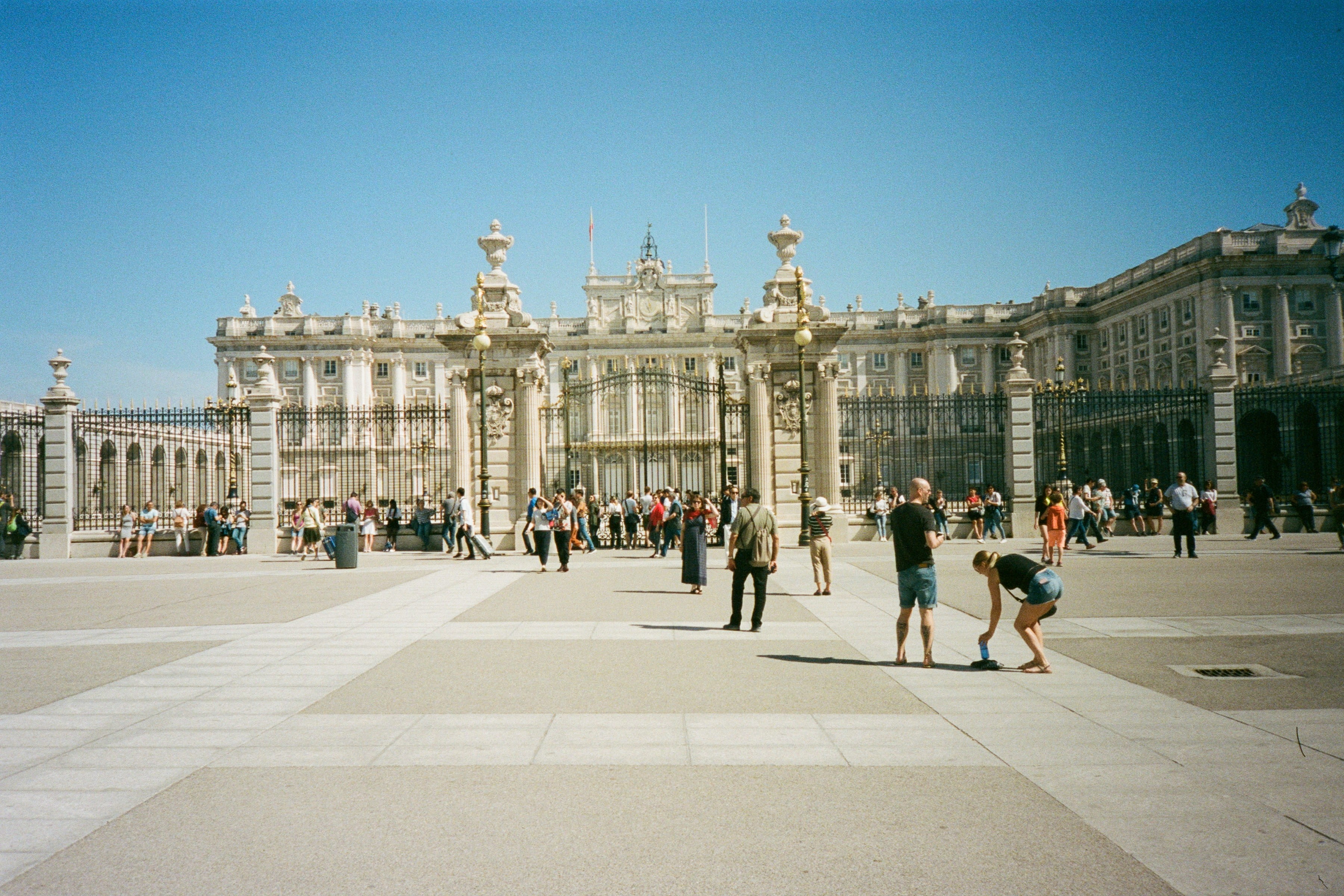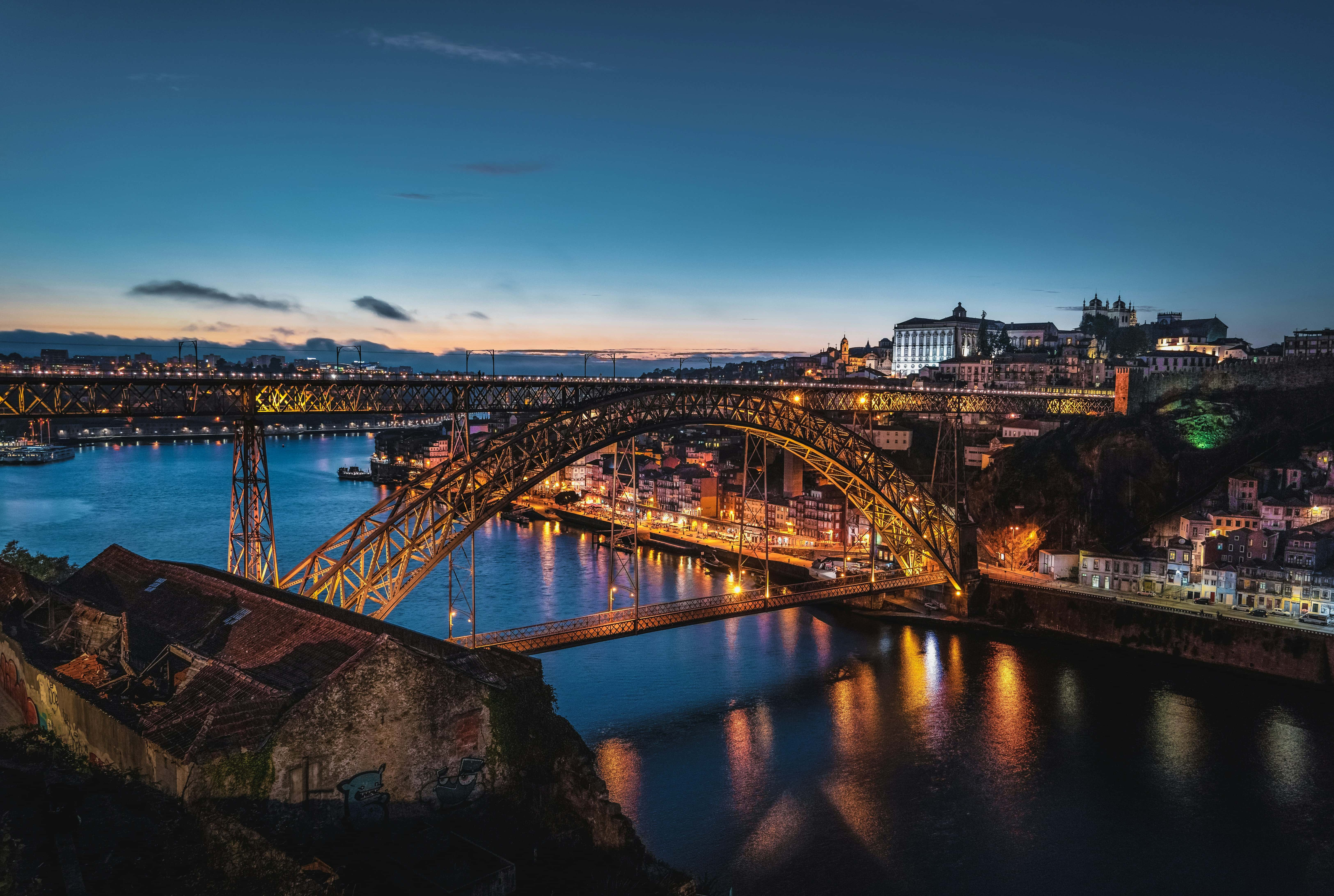3 days in Paris: the perfect itinerary for a long weekend
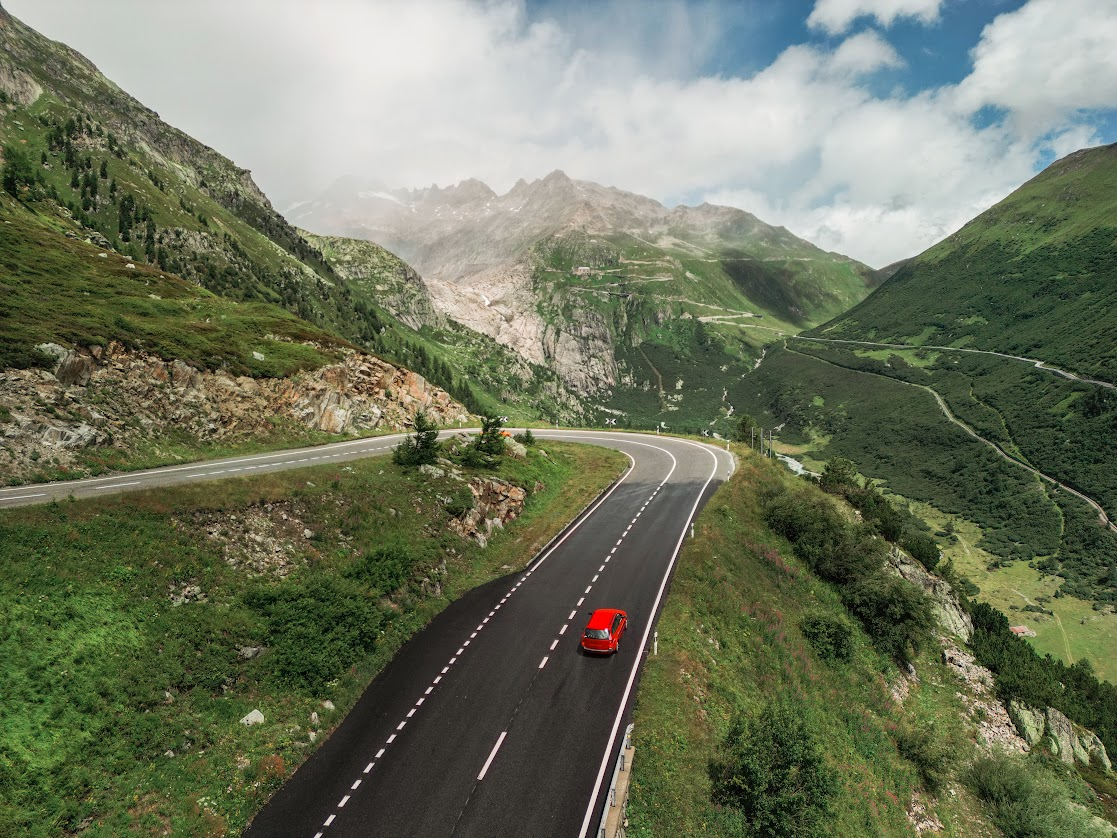
Summary
- 1. Day 1: Parisian icons and postcard views
- 2. Day 2: Look for calm and comfort in Paris
- 3. Day 3: The artistic soul of Paris in its local neighborhoods
- 4. Where to eat: cafés and classic French flavors
- 5. Getting around Paris: walking, metro or rental car?
- 6. Seasonal highlights in Paris and cultural tips
- 7. FAQ: all you need to know before your trip to Paris
Paris has a way of staying with you. In just three days, you can uncover some of its most iconic landmarks, sample honest cuisine, and find those quiet everyday moments that define the city. This guide gives you an easy structure to follow, without locking you into rigid plans. Every day includes places to visit, ideas for food, and tips to move around with ease.
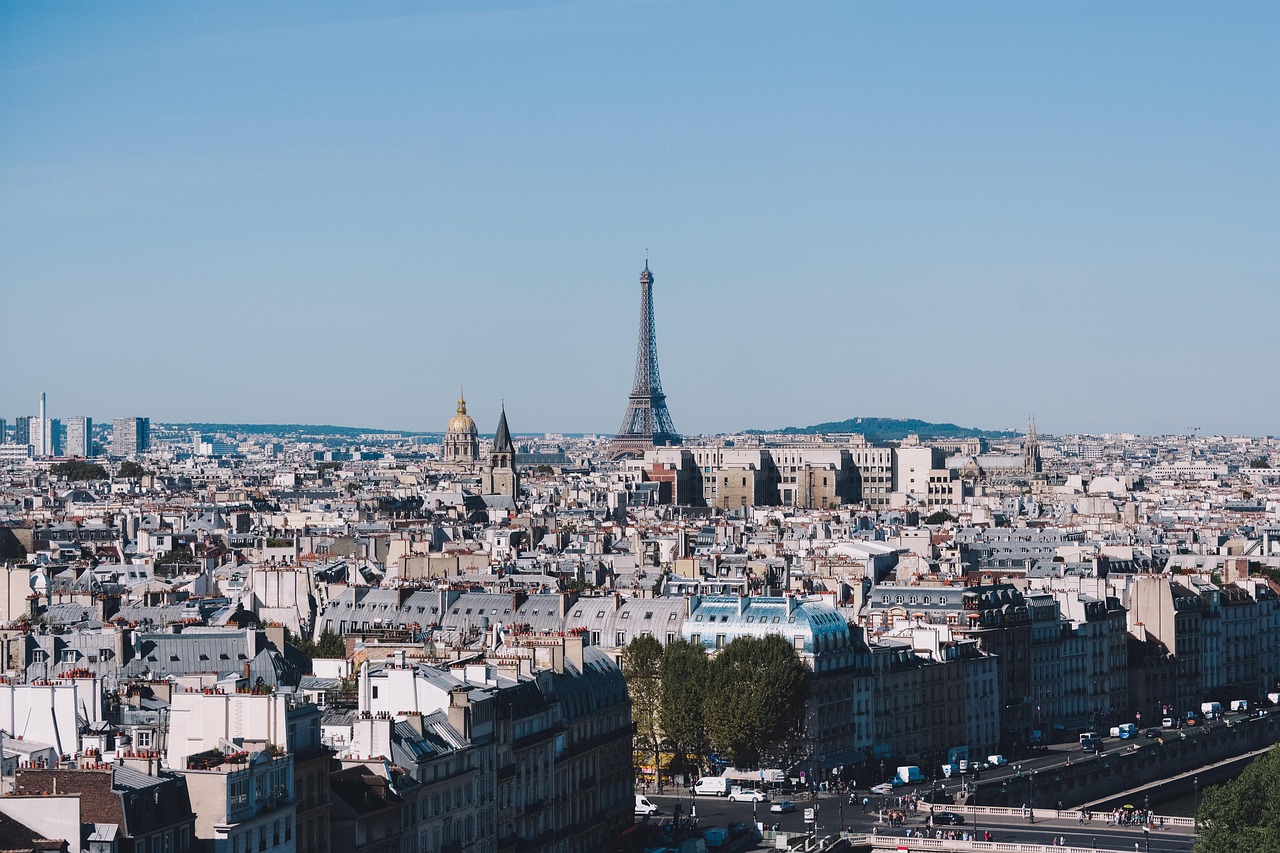
Day 1: Parisian icons and postcard views
The Eiffel Tower and a Seine cruise
Start your morning near the Eiffel Tower. Reaching the area before mid-morning means a smoother experience, less time in line and more time enjoying where you are. You can go up for the view or simply find a bench in the Champ de Mars and watch the city go by.
From there, it’s a short walk to the river. A boat ride on the Seine gives a broad view of major landmarks. As you glide under bridges and past historic facades, it becomes clear how the river shapes the city. Some rides offer audio guides, helpful without being intrusive.
Major Parisian museums: The Louvre and the Musée d’Orsay
In the afternoon, focus on a museum that suits your taste. The Louvre features ancient works and European masters, while the Musée d’Orsay leans into modern art and impressionism. Both deserve time, but you don’t need to cover every room. Choosing a few pieces or sections brings more clarity and leaves energy for the rest of the day.
Before dinner, take a walk through the Tuileries Garden. The gravel paths, water basins, and scattered chairs make it a pleasant stop as it’s quiet, open, and just close enough to everything.
Saint-Germain-des-Prés dinner
Evening arrives, and Saint-Germain-des-Prés becomes the next step. This neighborhood draws both visitors and locals. With cafés on every corner and art galleries tucked between streets, you’re sure to find a place that feels right. Choose a restaurant with outdoor seating if the weather allows. Onion soup, roasted duck, or seasonal fish often appear on the menu.
After your meal, cross the Seine river nearby. Standing over the water, the lights reflected below offer a fitting end to your first day in Paris.
Day 2: Look for calm and comfort in Paris
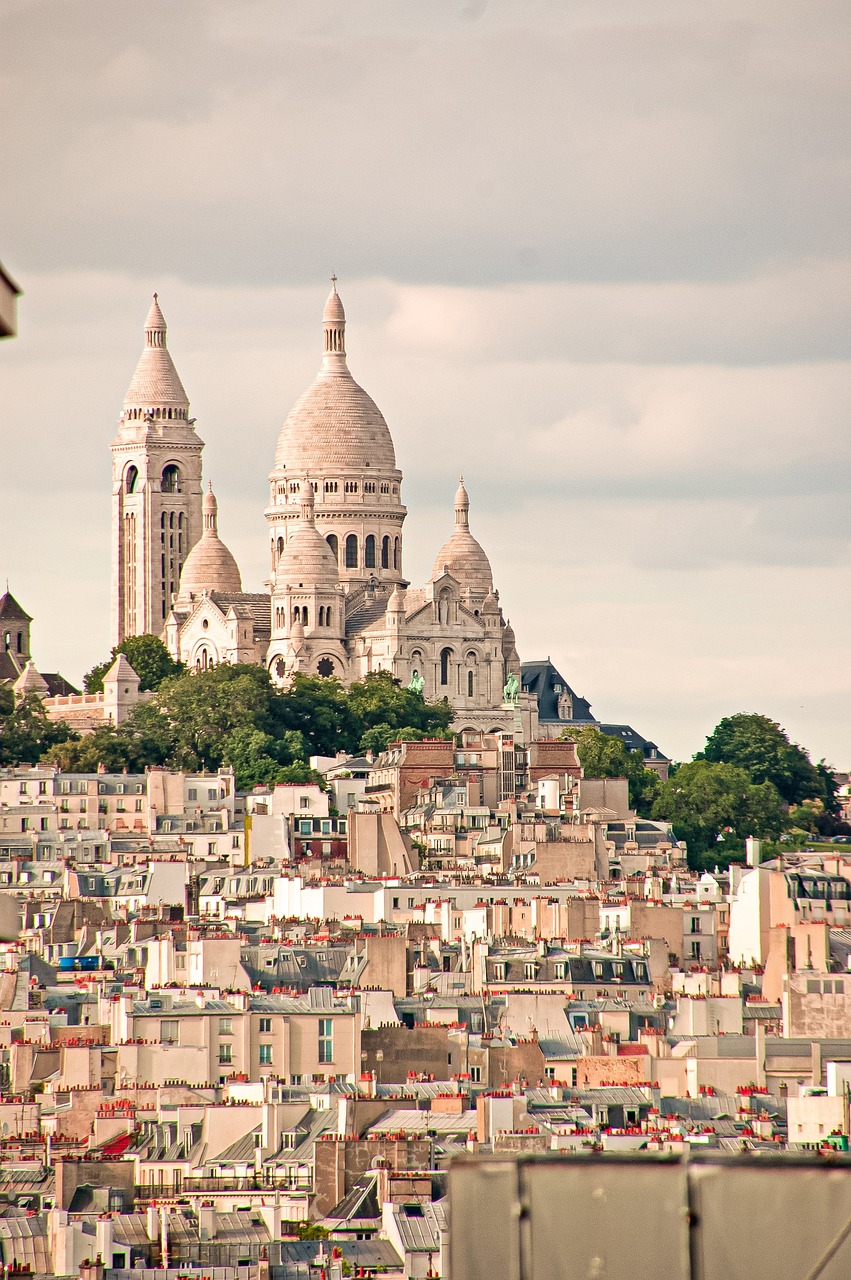
Latin Quarter stroll and literary cafés
Begin in the Latin Quarter. History, literature, and academic roots run deep here. Wander near the Sorbonne, stop at the Panthéon, or simply follow whichever street catches your attention.
Sit outside at a café for breakfast. Locals read the paper, others talk softly, and the mood remains unhurried. If books speak to you, spend some time at Shakespeare and Company. This bookstore feels both personal and public, lived-in and welcoming.
There’s no pressure to follow a path. You’ll find churches, green spaces, and quiet corners as you go. This part of the city calls for your curiosity.
Montmartre’s charm and the best city views
In the afternoon, make your way to Montmartre. Start low and take the steps upward. Narrow alleys, painted shutters, and ivy-covered walls give the area a different energy.
At the summit, Sacré-Cœur stands open to all. The steps outside are usually busy with music and visitors. The view extends far, and it’s worth staying a while. Nearby streets keep a grounded feel with cafés, bakeries, and artists at work.
Montmartre still feels connected to daily life. A pastry shared at a bench, someone sketching beside a lamppost, these are the images that stay with you.
Traditional dinner in a village-like setting
Stay in Montmartre for dinner. Restaurants here offer a more down-to-earth setting than downtown, but the food keeps its care. Chicken roasted with thyme, beef cooked slowly in red wine, or regional tarts show up often.
Evening makes the streets quieter. Shops close, voices lower, and the lights from homes add a soft glow. It’s a gentle close to a steady day.
Day 3: The artistic soul of Paris in its local neighborhoods
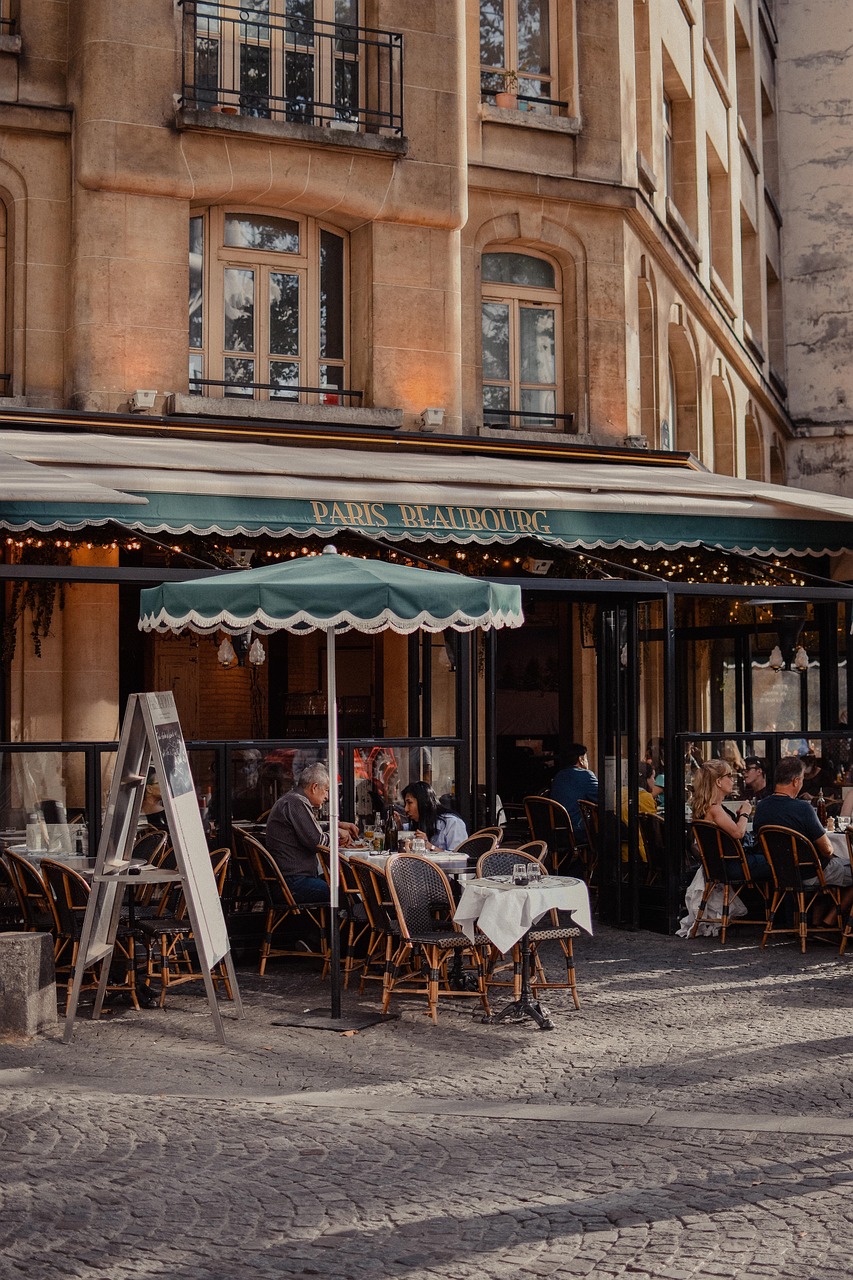
Le Marais markets
Start your last day in Le Marais. Marché des Enfants Rouges is a good first stop. This market mixes produce stands with ready-made food stalls. You can grab breakfast here or pick up fruit and bread for later.
Nearby cafés open early. A light meal made of eggs, toast, and coffee is common and it’s served at small tables with a street view. There’s no rush; this area sets its own tone.
Shops and art spaces start later, so walking around before the doors open gives you a quiet look at the neighborhood.
Art and gardens
If you stay in Le Marais, stop by the Musée Picasso or the Carnavalet Museum.
Later, walk to Place des Vosges. The square is framed by red-brick arcades, and the center has benches and trees. It’s one of those places where people pause for reading, conversation, or simply sitting still.
If you’ve rented a car, this is also the time to consider a short ride out. The Bois de Vincennes or even Versailles becomes accessible. Europcar has rental locations all over the city, so getting on the road is simple.
One last Parisian night
Your final evening can return to a place you liked or open the door to something new. Ask for the menu du jour or let the server suggest a plate that reflects the season.
Set menus often allow you to try a full course experience without second-guessing each choice. Cheese, dessert, a glass of wine.
Walk the river one last time if the night is clear. The bridges stay lit, the city quiets, and the air cools gently around you.
Where to eat: cafés and classic French flavors
Breakfast in Paris generally consists of a warm croissant, a strong espresso coffee, and maybe some jam spread on a toast.
Lunch brings more variety. Cafés offer steak with fries, salad with goat cheese, or simple egg dishes until mid-afternoon.
Markets like Marché d’Aligre or Marché Bastille provide easy meals to carry to a park. Fruit, bread, and cheese eaten in the open taste better.
Dinner starts late by some standards. You’ll find menus on display outside to help you decide before you step in. Many dishes shift with the season, and options for vegetarian or gluten-free meals appear more often now.
In central areas, your choices broaden. Still, even a small café on a side street might surprise you.
Getting around Paris: walking, metro or rental car?
The Paris metro works efficiently. Most lines connect fast and run often. One ticket covers metro, tram, and bus. Note that in Paris, metro, tram, and bus tickets are for one-time use only. Unlike some cities where a ticket is valid for an hour, once you validate your Paris ticket, you can’t reuse it. You’ll need to buy a new one to keep traveling.
If your plans include reaching places beyond the center or if you’re carrying heavy luggage, a rental car helps. Europcar pickup spots across Paris are placed in stations and airports, with electric and hybrid models also available.
Look into parking ahead of time. Some hotels provide a space, and public lots are easy to find for shorter stays.
Mixing walking, metro, and a rental car gives you full control across your stay.
Seasonal highlights in Paris and cultural tips
In spring, café chairs move outside, trees line the streets with blossoms, and daylight grows. Summer stretches well into the night, and events move outdoors. Some museums stay open later to match the season.
Autumn colors the city with reds and golds. Food events fill local calendars. Indoors, galleries and concert halls stay lively.
Winter brings another layer. Holiday lights go up, bakeries offer seasonal desserts, and neighborhoods dress for the moment.
Cultural events run every month. Free museum entries on certain days, live music in parks, and evening shows make the city feel close and alive. Check listings close to your travel dates to plan better.
FAQ: all you need to know before your trip to Paris
What are the top attractions to include in a short stay in Paris?
In three days, you can visit a mix of well-known sites and local favorites. The Eiffel Tower, the Louvre, Montmartre, and the Latin Quarter are often part of a first visit. Adding time in places like Le Marais or along the Seine gives variety without rushing.
How should I organize each day?
Group activities by area to reduce time spent moving around. For example, plan museum visits and nearby gardens in the same part of the city. Use the morning for popular attractions and save the evening for a slower meal or walk.
What should I pack for a 3-day trip to Paris?
Pack comfortable walking shoes, as exploring the city on foot is common. Include a mix of casual and smart-casual attire suitable for various settings, and don’t forget a light jacket or umbrella, as weather can be unpredictable.
What’s the easiest way to get around?
The metro works well for most routes, and walking allows you to see more between stops. Renting a car is useful if you plan to go beyond the center or need flexibility with timing. Europcar locations are available throughout Paris.
Can I see the Eiffel Tower without going up?
Yes, you can enjoy excellent views from nearby bridges and parks. Many travelers choose to admire it from the ground.
What are some quiet spots to take a break during the day?
Jardin du Luxembourg, Place des Vosges, and hidden corners of Montmartre give you space to rest without leaving the city.
Are Sunday closures still common?
Yes, especially for small shops and bakeries. Museums and restaurants often stay open, but checking hours in advance helps avoid surprises.
Should I stay in one hotel or switch based on the itinerary?
One central hotel works best. Paris is compact, and changing hotels mid-trip takes time better spent exploring.
